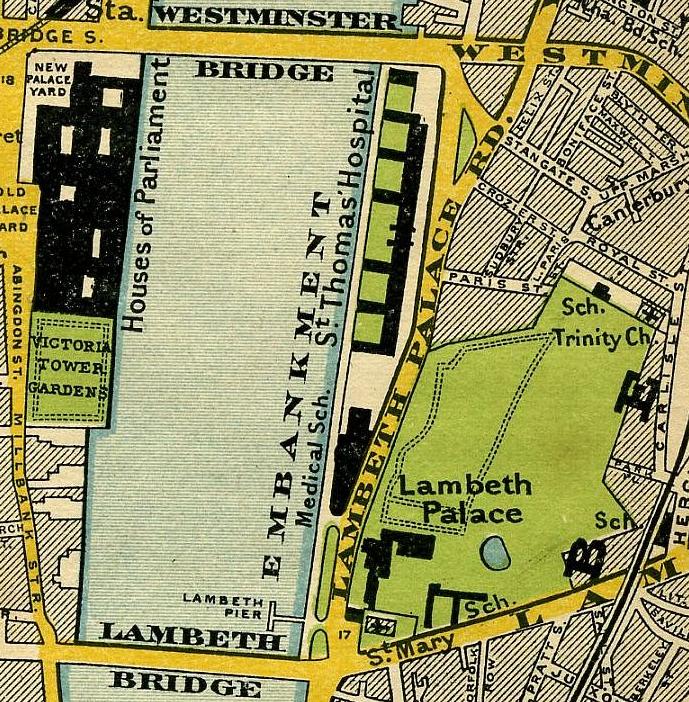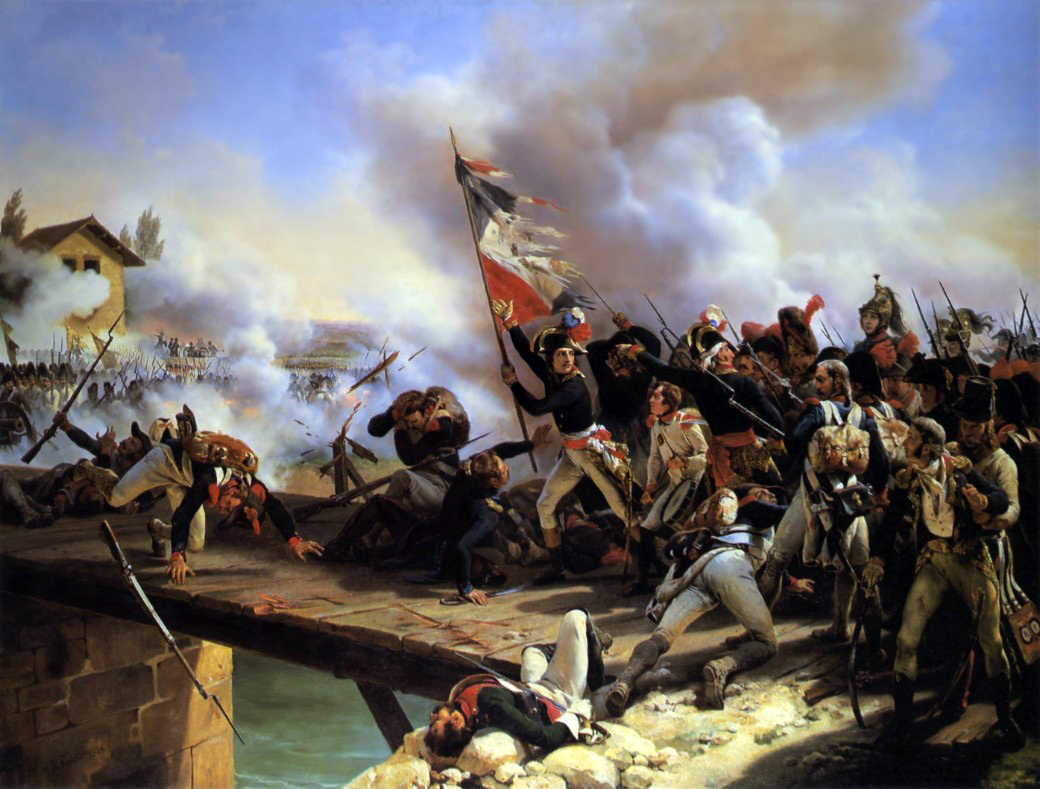|
Jean-Marie-Victor Viel
Jean-Marie-Victor Viel (1796–1863) was a French architect who designed the Palais de l'Industrie, an exhibition hall located between the Seine River and the Champs-Élysées which was erected for the Exposition Universelle (1855), Paris World Fair in 1855."The Foreign Soul & The Angelus" Guy de Maupassant, de Maupassant, G. (trans: Wilson, J Notes (p94) Lambeth, Duchy of Lambeth 2008 ISBN 978--0-9558525-1-0 References 1796 births 1863 deaths 19th-century French architects {{France-architect-stub ... [...More Info...] [...Related Items...] OR: [Wikipedia] [Google] [Baidu] |
Architect
An architect is a person who plans, designs and oversees the construction of buildings. To practice architecture means to provide services in connection with the design of buildings and the space within the site surrounding the buildings that have human occupancy or use as their principal purpose. Etymologically, the term architect derives from the Latin ''architectus'', which derives from the Greek (''arkhi-'', chief + ''tekton'', builder), i.e., chief builder. The professional requirements for architects vary from place to place. An architect's decisions affect public safety, and thus the architect must undergo specialized training consisting of advanced education and a ''practicum'' (or internship) for practical experience to earn a license to practice architecture. Practical, technical, and academic requirements for becoming an architect vary by jurisdiction, though the formal study of architecture in academic institutions has played a pivotal role in the development of t ... [...More Info...] [...Related Items...] OR: [Wikipedia] [Google] [Baidu] |
Palais De L'Industrie
The Palais de l'Industrie (Palace of Industry) was an exhibition hall located in Paris between the Seine River and the Champs-Élysées, which was erected for the Paris World Fair in 1855. This was the last of several buildings with the same name erected on the same site. The first ''Palais de l'Industrie'' was built in 1839 and was replaced for subsequent exhibitions in 1844 and 1849. The 1855 building was mainly designed by the architect Jean-Marie-Victor Viel and the engineer Alexis Barrault. It was demolished in 1897 to make way for the Grand Palais of the World Fair in 1900. Emperor Napoleon III wished the World's Fair of 1855, which followed London's Great Exhibition by four years, to prove the superiority of the French by surpassing the British fair in every way. In particular, he desired a spectacular exhibition hall to rival The Crystal Palace. A competition held in 1852 was won by a plan by architect Jean-Marie-Victor Viel and engineer Desjardin, which combined ... [...More Info...] [...Related Items...] OR: [Wikipedia] [Google] [Baidu] |
Seine River
) , mouth_location = Le Havre/Honfleur , mouth_coordinates = , mouth_elevation = , progression = , river_system = Seine basin , basin_size = , tributaries_left = Yonne, Loing, Eure, Risle , tributaries_right = Ource, Aube, Marne, Oise, Epte The Seine ( , ) is a river in northern France. Its drainage basin is in the Paris Basin (a geological relative lowland) covering most of northern France. It rises at Source-Seine, northwest of Dijon in northeastern France in the Langres plateau, flowing through Paris and into the English Channel at Le Havre (and Honfleur on the left bank). It is navigable by ocean-going vessels as far as Rouen, from the sea. Over 60 percent of its length, as far as Burgundy, is negotiable by large barges and most tour boats, and nearly its whole length is available for recreational boating; excursion boats offer sightseeing tours of the river banks in the capital city, Paris. There are 37 bridges in ... [...More Info...] [...Related Items...] OR: [Wikipedia] [Google] [Baidu] |
Champs-Élysées
The Avenue des Champs-Élysées (, ; ) is an avenue in the 8th arrondissement of Paris, France, long and wide, running between the Place de la Concorde in the east and the Place Charles de Gaulle in the west, where the Arc de Triomphe is located. It is known for its theatres, cafés and luxury shops, as the finish of the Tour de France cycling race, as well as for its annual Bastille Day military parade. The name is French for the Elysian Fields, the place for dead heroes in Greek mythology. It is commonly regarded as the "most beautiful avenue in the whole world". Description The avenue runs for through the 8th arrondissement in northwestern Paris, from the Place de la Concorde in the east, with the Obelisk of Luxor, to the Place Charles de Gaulle (formerly the ''Place de l'Étoile'') in the west, location of the Arc de Triomphe. The Champs-Élysées forms part of the '' Axe historique''. The lower part of the Champs-Élysées, from the Place de la Concorde to the ... [...More Info...] [...Related Items...] OR: [Wikipedia] [Google] [Baidu] |
Exposition Universelle (1855)
The Exposition Universelle of 1855 was an International Exhibition held on the Champs-Élysées in Paris from 15 May to 15 November 1855. Its full official title was the Exposition Universelle des produits de l'Agriculture, de l'Industrie et des Beaux-Arts de Paris 1855. Today the exposition's sole physical remnant is the Théâtre du Rond-Point des Champs-Élysées designed by architect Gabriel Davioud, which originally housed the Panorama National. History The exposition was a major event in France, then newly under the reign of Emperor Napoleon III. It followed London's Great Exhibition of 1851 and attempted to surpass that fair's Crystal Palace with its own Palais de l'Industrie. The arts displayed were shown in a separate pavilion on Avenue Montaigne. There were works from artists from 29 countries, including French artists François Rude, Ingres, Delacroix and Henri Lehmann, and British artists William Holman Hunt and John Everett Millais. However, Gustave Courbet ... [...More Info...] [...Related Items...] OR: [Wikipedia] [Google] [Baidu] |
Guy De Maupassant
Henri René Albert Guy de Maupassant (, ; ; 5 August 1850 – 6 July 1893) was a 19th-century French author, remembered as a master of the short story form, as well as a representative of the Naturalist school, who depicted human lives, destinies and social forces in disillusioned and often pessimistic terms. Maupassant was a protégé of Gustave Flaubert and his stories are characterized by economy of style and efficient, seemingly effortless ''dénouements''. Many are set during the Franco-Prussian War of the 1870s, describing the futility of war and the innocent civilians who, caught up in events beyond their control, are permanently changed by their experiences. He wrote 300 short stories, six novels, three travel books, and one volume of verse. His first published story, "Boule de Suif" ("The Dumpling", 1880), is often considered his most famous work. Biography Henri-René-Albert-Guy de Maupassant, born on 5 August 1850 at the late 16th-century Château de Miromesn ... [...More Info...] [...Related Items...] OR: [Wikipedia] [Google] [Baidu] |
Lambeth
Lambeth () is a district in South London, England, in the London Borough of Lambeth, historically in the County of Surrey. It is situated south of Charing Cross. The population of the London Borough of Lambeth was 303,086 in 2011. The area experienced some slight growth in the medieval period as part of the manor of Lambeth Palace. By the Victorian era the area had seen significant development as London expanded, with dense industrial, commercial and residential buildings located adjacent to one another. The changes brought by World War II altered much of the fabric of Lambeth. Subsequent development in the late 20th and early 21st centuries has seen an increase in the number of high-rise buildings. The area is home to the International Maritime Organization. Lambeth is home to one of the largest Portuguese-speaking communities in the UK, and is the second most commonly spoken language in Lambeth after English. History Medieval The origins of the name of Lambeth come fr ... [...More Info...] [...Related Items...] OR: [Wikipedia] [Google] [Baidu] |
Jean-Marie-Victor VIEL(1796-1863)
Jean-Marie-Victor Viel (1796–1863) was a French architect who designed the Palais de l'Industrie, an exhibition hall located between the Seine River and the Champs-Élysées which was erected for the Paris World Fair in 1855."The Foreign Soul & The Angelus" de Maupassant, G. (trans: Wilson, J Notes (p94) Lambeth Lambeth () is a district in South London, England, in the London Borough of Lambeth, historically in the County of Surrey. It is situated south of Charing Cross. The population of the London Borough of Lambeth was 303,086 in 2011. The area ex ..., Duchy of Lambeth 2008 ISBN 978--0-9558525-1-0 References 1796 births 1863 deaths 19th-century French architects {{France-architect-stub ... [...More Info...] [...Related Items...] OR: [Wikipedia] [Google] [Baidu] |
1796 Births
Events January–March * January 16 – The first Dutch (and general) elections are held for the National Assembly of the Batavian Republic. (The next Dutch general elections are held in 1888.) * February 1 – The capital of Upper Canada is moved from Newark to York. * February 9 – The Qianlong Emperor of China abdicates at age 84 to make way for his son, the Jiaqing Emperor. * February 15 – French Revolutionary Wars: The Invasion of Ceylon (1795) ends when Johan van Angelbeek, the Batavian governor of Ceylon, surrenders Colombo peacefully to British forces. * February 16 – The Kingdom of Great Britain is granted control of Ceylon by the Dutch. * February 29 – Ratifications of the Jay Treaty between Great Britain and the United States are officially exchanged, bringing it into effect.''Harper's Encyclopaedia of United States History from 458 A. D. to 1909'', ed. by Benson John Lossing and, Woodrow Wilson (Harper & Brot ... [...More Info...] [...Related Items...] OR: [Wikipedia] [Google] [Baidu] |
1863 Deaths
Events January–March * January 1 – Abraham Lincoln signs the Emancipation Proclamation during the third year of the American Civil War, making the abolition of slavery in the Confederate states an official war goal. It proclaims the freedom of 3.1 million of the nation's four million slaves and immediately frees 50,000 of them, with the rest freed as Union armies advance. * January 2 – Lucius Tar Painting Master Company (''Teerfarbenfabrik Meirter Lucius''), predecessor of Hoechst, as a worldwide chemical manufacturing brand, founded in a suburb of Frankfurt am Main, Germany. * January 4 – The New Apostolic Church, a Christian and chiliastic church, is established in Hamburg, Germany. * January 7 – In the Swiss canton of Ticino, the village of Bedretto is partly destroyed and 29 killed, by an avalanche. * January 8 ** The Yorkshire County Cricket Club is founded at the Adelphi Hotel, in Sheffield, England. ** American Civil War &nd ... [...More Info...] [...Related Items...] OR: [Wikipedia] [Google] [Baidu] |







